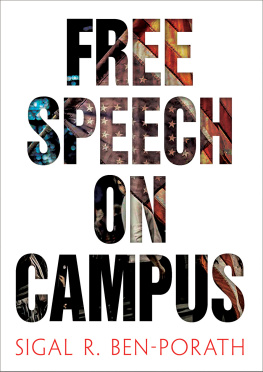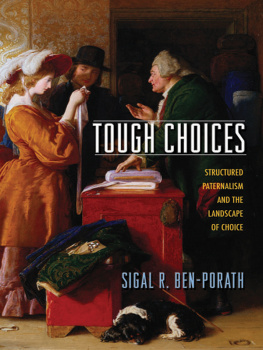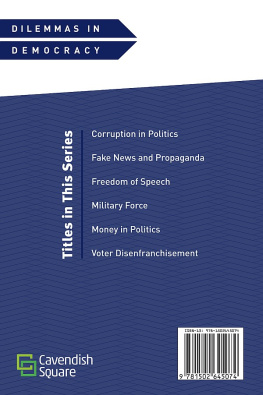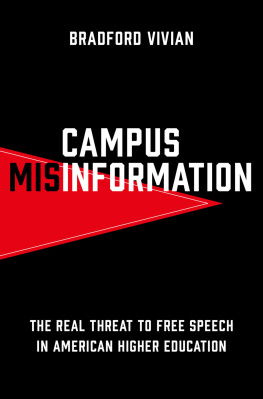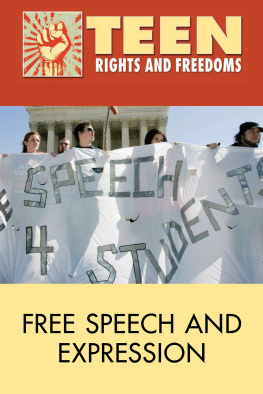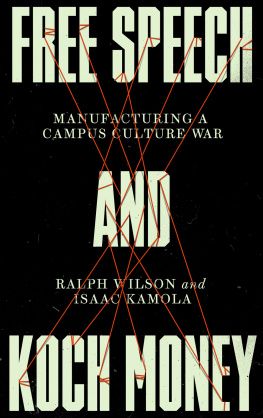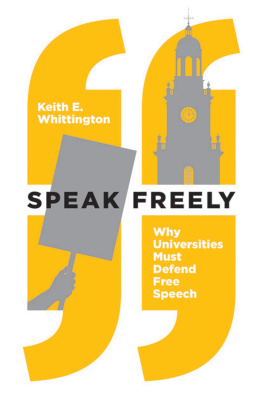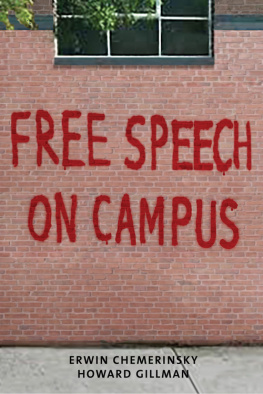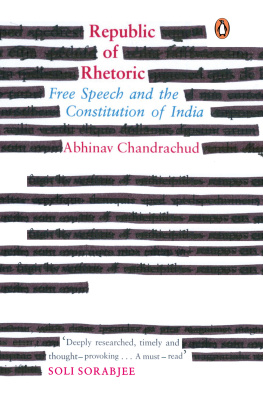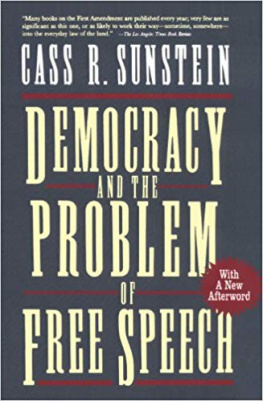Publication of this volume was aided by funds donated in honor of Martin Meyerson, University president (197081) and chairman of the Presss board of trustees (198497).
Copyright 2017 University of Pennsylvania Press
All rights reserved. Except for brief quotations used for purposes of review or scholarly citation, none of this book may be reproduced in any form by any means without written permission from the publisher.
Published by
University of Pennsylvania Press
Philadelphia, Pennsylvania 19104-4112
www.upenn.edu/pennpress
A Cataloging-in-Publication record is available from the Library of Congress
Cover design by John Hubbard
ISBN 978-0-8122-5007-7 hardcover
ISBN 978-0-8122-9492-7 ebook
My phone buzzed just as I finished cooking dinner. The voice on the other end of the line told me that I had to return to work right away. I am not a first responder; I am a professor of education and philosophy. Yet in the midst of the crisis of the moment, I was urgently needed on campus.
A group of students had staged a sit-in at the University of Pennsylvanias administration building, demanding changes to the schools investment portfolio to bring it into better alignment with their ideology. The building closes at 6:00 p.m., my staff liaison told me, but the students are planning to stay overnight.
Minutes later, in my work clothes once again, I was on my way back to campus. It was the end of my second year as the chair of the universitys Committee on Open Expression. I could nearly recite from memory the guidelines intended to protect free speech on Penns campus. Developed in the late 1960s after a spate of student protests, the guidelines were designed to make sure that views are not suppressed based on their content and that during demonstrations the campus can continue to function as an environment in which all have the opportunity to learn, teach, and conduct research (or simply go about their daily business without severe disruption). The students planning to continue their protest overnight were in violation of the requirement that demonstrations be conducted in a way that does not disrupt university operations or put their own safety at risk.
The next two days were a blur of negotiations and delivered pizzas and working with administrators and security to make sure that the students who stayed overnight would be safe and that offices would be secure; that the free speech of the students would be protected while the university operated as smoothly as possible; and that student leaders understood that, as long as they were in violation of university policies, it was unlikely that their demands would be seriously considered, especially when meeting those demands would require long-term policy changes. At the end of two days, the students left without incident and with assurances that the debate with university officials about their groups goals would continue, as it does with all student groups.
Far from being a particularly exciting or noteworthy incident, this sit-in was commonplaceand far more representative of free speech tensions on college campuses than most of the more widely publicized events discussed in this book. Yes, a handful of high-profile cases have culminated in disinvitations, violent clashes, and ousted speakers. But more often, controversies surrounding free speech on campus involve negotiation and debate among multiple parties that generally seek the same goal: allowing or encouraging speech on matters of political and civic importance while maintaining a constructive atmosphere for learning and research. Thats primarily how I frame discussion of these issues in this bookas matters of inclusion and freedom.
In the pages that follow, I examine the current state of the arguments about free speech on campus, using real-world examples to explore the contexts in which conflicts erupt, as well as to assess the place of identity politics and concerns with safety and dignity within them. I offer a framework for thinking about free speech controversies both inside and outside the classroom, shifting the focus away from disputes about legality and harm and toward practical considerations linked to education and inclusion. I attempt to provide readers with strategies to de-escalate tensions and negotiate highly charged debates surrounding trigger warnings, safe spaces, and speech that verges on hate. My hope is that everyone with a stake in campus controversiesprofessors, students, administrators, and informed members of the wider publicwill find value in my analysis of these vitally important issues.
In the , I survey the landscape of free speech on American campuses today by way of several illustrative examples. I outline some of the current tools used by colleges to protect free speech and to respond to challenges and tensions in this domain, and I begin to dispel some common myths about free speech on campus.
The speech in an educational institution can and should be treated as an imperative, yet it also needs to be expressed in flexible ways that can respond to new and evolving challenges related to speech. Here I discuss arguments about limiting speech to prevent hurtful statements from harming vulnerable students and argue that the suppression of speech is not a productive or democratic response to the risk of harm. I also suggest responses to concerns about harm that stop short of censorship and silencing.
also clarifies why I reject the tension commonly emphasized in the free speech debate between inclusion and freedom. The diversity of the student body, as well as diversity within the campus community as a whole, is an opportunity for individuals to learn and for the university to expand its mission, which involves an inclusive, open-minded, and broad search for truth. This mission has a civic dimension, one that prepares students to participate in democratic politics beyond the bounds of the university as conscious and committed members of their local communities and the wider world. Protecting students well-being within and beyond the classroom is only the first necessary step toward achieving this goal. As long as students sense of belonging and safety is ensured, the campus should consciously support their efforts to voice their views and form alliances and connections beyond their immediate affinity and identity groups. As they grow to participate in the broader public sphere that the campus represents, students learn valuable lessons about how to act as responsible democratic citizens after they graduate.
In the especially in the context of the activities of student groups. I consider intellectual and dignitary harms and how the campus can prevent or respond to them without suppressing speech while providing access for all members to the activities and learning that take place on the quad and around campus. I argue that the demand for civility is not a useful way to frame the interactions of students on campus and instead suggest ways in which the concept of inclusive freedom can be applied to the teeming activity that takes place every day in and around the college quad.
moves from the quad to the classroom. I offer ways to protect the speech and access of all students in class, once again by rejecting the norm of civility as the sole framework for organizing classroom interactions. Instead, I suggest norms of expression that can be used by instructors and students alike, along with ways these norms might best be organized and protectedwhile also keeping in mind that learning, and therefore intellectual candor and a commitment to truth, is the primary aim of classroom speech.

